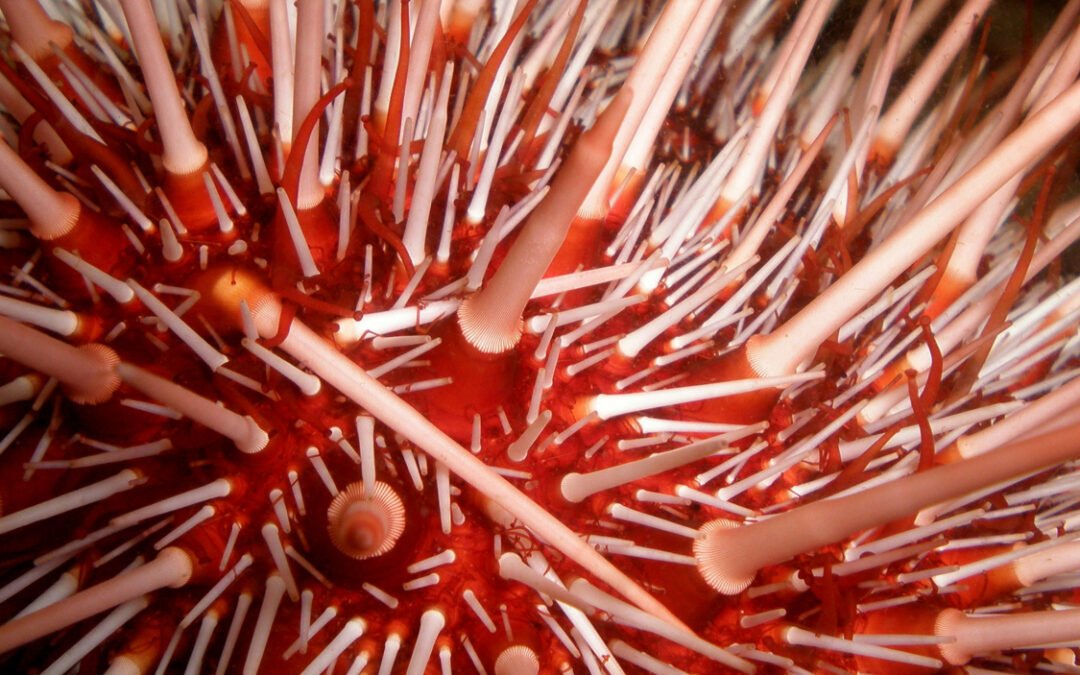You’ve spent hours crafting that perfect website copy, but no one’s reading it because… well, no one can find it. SEO is like a bestie who knows everyone at the party. If you play by its rules, it’ll make sure you’re seen. So, let’s get you noticed with our top 7 SEO copywriting tips that’ll make you and Google the ultimate power couple.
1. Master Keyword Research Like a Pro
Think of keywords as the secret sauce to getting on Google’s radar. You want to use the words people are typing into the search bar. But here’s the kicker: don’t just throw random words onto the page like you’re playing Scrabble in a blackout. Do your homework.
Use tools like Google Keyword Planner or Ubersuggest to find those long-tail keywords (those juicy, specific search phrases). A phrase like “best homemade pasta recipe for beginners” is way more targeted than just “pasta recipe.” Less competition, more love from search engines.
Pro Tip: Put your main keyword in your headline and a few subheadings. Google loves structure like that. It’s like giving them a neatly wrapped present.
2. Create Titles that Slay (and Meta Descriptions That Back You Up)
Your title tag and meta description are the first impression your website makes. Let’s get them looking fabulous.
- Title Tag: Keep it under 60 characters (Google gets bored if it’s too long) and make sure your keyword shows up at the beginning. Think of it like the marquee outside a theater—it’s gotta pull people in.
- Meta Description: This is your 160-character opportunity to flirt with the reader. Give a sneak peek into what’s on the page and make it sound too good to resist.
Imagine this for a meta description:
“Learn the top 7 SEO tips for killer website copy that’ll make search engines fall head over heels. Grab our easy, fun tips to optimize like a boss!”
3. Use Your Head(ings)!
Google is like a speed reader. It’s looking for headers (H1, H2, H3) to figure out what your content’s about. If you’re throwing words at the page with no structure, Google’s going to get confused—and no one wants that.
Each page should have:
- One H1 tag: This is your big, bold headline—the main event.
- H2s and H3s: These are your subheadings. Think of them as the chorus to your main tune. Use them to break up content and sprinkle your keywords like confetti.
This makes your page easier to read, both for your audience and for the search engine bots scanning it. Everybody wins.

4. Internal Links Are Like Friendly Handshakes
Internal links are the web’s version of saying “Hey, let me introduce you to my friend over here.” They help guide readers from one page of your site to another. It’s also a great way to tell search engines that all your content is connected (and equally awesome).
When you link to another page on your site, Google sees this and thinks, “Ah, this page must be important, too.” So, pepper your copy with links to other relevant pages or blog posts (like this post we wrote on SEO!). The more, the merrier—just keep it relevant, or it starts to feel like a forced conversation at a networking event.
5. Optimize Images Like a Minimalist
Images are great for making your content look sharp, but here’s the thing: they can slow down your website big time. And slow websites make people click away faster than an awkward first date.
- Compress your images to keep your site loading fast. Tools like WebsitePlanet or TinyPNG can do the job for you.
- Alt Text: This is where you tell Google what’s in the image (since it can’t actually see it). Plus, it makes your site accessible to visually impaired users. Win-win!
Remember, when writing your alt text, get descriptive but don’t stuff keywords. Alt text like “A woman typing SEO tips into a laptop while sipping coffee” is much better than “SEO tips SEO keywords website ranking.”
6. Speed is Everything, Darling
Page speed matters. No one’s sticking around if your site takes longer to load than it does to microwave a burrito. Use tools like Google PageSpeed Insights to test how quickly your site is loading.
If it’s slow, Google penalizes your ranking. And let’s face it, users aren’t too patient either. They’ll bounce right off your site and head to the next one that loads like a breeze.
Here’s how to fix it:
- Compress those images (did we mention this already? It’s important).
- Limit heavy scripts.
- Consider using a content delivery network (CDN) for faster loading.
7. Content is King, but Fresh Content is Royalty
The more you update your site with new, fresh content, the better. Google has a soft spot for content that’s constantly evolving, like a fine wine or your playlist from high school.
If your site hasn’t been updated since 2019, it’s time to dust off that blog. Write about the latest trends, update old posts with new info, or add fresh case studies. When Google sees regular updates, it knows you’re active and relevant.

The Bottom Line
If SEO feels like a puzzle you can’t quite solve, don’t worry—it doesn’t have to be overwhelming. By following these seven tips, you’ll be optimizing your website copy like a pro in no time, making both Google and your readers fall in love with your content. And hey, if you need a little extra help, you know who to call. 😉










